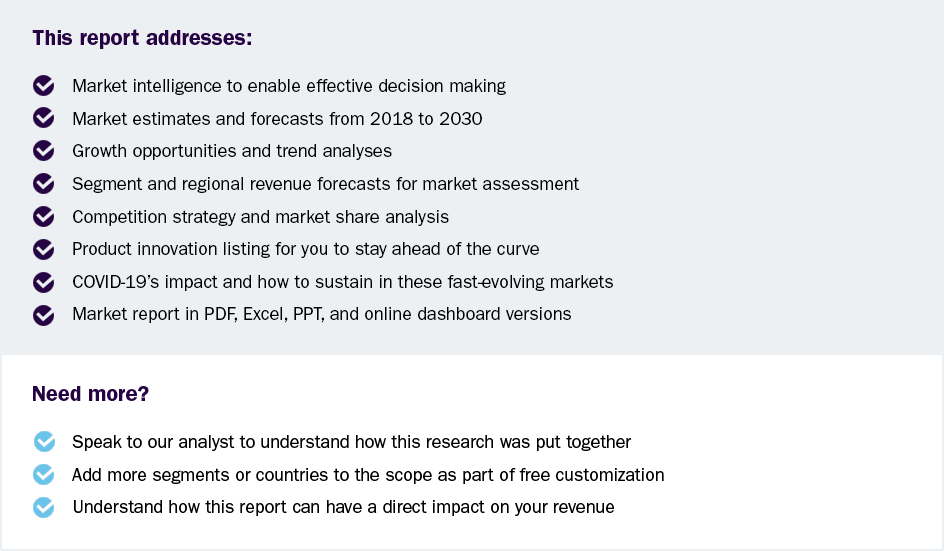Metaverse Market Size To Reach $936.57 Billion By 2030
Metaverse Market Growth & Trends
The global metaverse market size is expected to reach USD 936.57 billion by 2030, growing at a CAGR of 46.4% from 2025 to 2030, according to a new report by Grand View Research, Inc. The market is poised for expansion, driven by rising demand across diverse sectors such as media and entertainment, education, aerospace and defense. The increasing adoption of XR technologies fuels this growth to enrich user experiences across multiple platforms. Additionally, the market is benefiting from the growing inclination towards using cryptocurrencies for purchasing digital assets within the metaverse. Furthermore, the ongoing development and wider availability of Virtual Reality (VR), Augmented Reality (AR), and Mixed Reality (MR) devices are expected to accelerate market growth in the coming years.
The metaverse serves as a dynamic virtual realm facilitating extensive opportunities for brand engagement and connection. It heralds a new era of digital social experiences, with platforms enabling users to create, own, and exchange autonomous digital assets and virtual territories utilizing blockchain technology and cryptocurrencies such as Bitcoin, Ethereum, and non-fungible tokens (NFTs). Moreover, the increasing demand for blockchain-powered metaverse networks and trading platforms for digital assets drives anticipated market growth. The burgeoning gaming industry emerges as a significant catalyst propelling the future expansion of the metaverse sector.
Utilizing accelerated computing technologies can significantly drive the metaverse market forward by enhancing the efficiency and capabilities of virtual simulations and real-time processing. With accelerated computing, metaverse applications can efficiently manage complex computational tasks such as rendering high-fidelity 3D models and processing large datasets, leading to improved performance and productivity. In March 2024, Ansys Inc. expanded its collaboration with NVIDIA Corporation to integrate accelerated computing technologies, enhancing Ansys AI+ modules. This includes utilizing NVIDIA Modulus for advanced solver capabilities, focusing initially on semiconductor software products. This collaboration aims to accelerate simulations, allowing engineers to explore more design alternatives rapidly.
In the metaverse market, there's a noticeable surge in the adoption of wearable Mixed Reality (MR) devices, including MR headsets and smart glasses, particularly within industrial settings. These devices offer users hands-free access to digital information and contextual data in real-world environments. The prevailing trend leans towards more lightweight, ergonomic, and feature-rich wearable MR devices tailored to specific industrial applications. Industries are increasingly integrating wearable MR devices for maintenance, training, and inspection purposes, enabling workers to access crucial information without impeding their ability to perform tasks. This trend underscores the growing significance of immersive, hands-free MR experiences across various industrial domains within the metaverse market.
 Request a free sample copy or view report summary: Metaverse Market Report
Request a free sample copy or view report summary: Metaverse Market Report
Metaverse Market Report Highlights
-
In terms of product, the software segment dominated the market with a revenue share of 41.6% in 2024. The growing demand for cloud infrastructure and real-time rendering solutions is crucial for delivering seamless, high-quality virtual experiences.
-
The desktop segment held the largest revenue share in the market, driven by the demand for powerful computing capabilities required to run complex virtual environments.
-
The VR and AR segment held the largest market revenue share in 2024, driven by the increasing adoption of immersive technologies across various industries.
-
The gaming segment held the largest market revenue share in 2024, driven by gaming applications that provide rich, interactive experiences, forming a solid foundation for the development of metaverse ecosystems.
-
The BFSI dominated the market in 2024. Metaverses in the BFSI sector are growing as financial institutions embrace digital transformation.
-
North America metaverse industry leads globally, accounting for the largest market share of 42.8% in 2024.
Metaverse Market Segmentation
Grand View Research has segmented the global metaverse market on the basis of product, platform, technology, application, end use and region:
Metaverse Product Outlook (Revenue, USD Billion, 2018 - 2030)
-
Infrastructure
-
Chips & Processors
-
Network Capabilities
-
Cloud & Edge Infrastructure
-
Cybersecurity
-
-
Hardware
-
Holographic Displays
-
eXtended Reality (XR) Hardware
-
Haptic Sensors & Devices
-
Smart Glasses
-
Omni Treadmills
-
-
AR/VR Devices
-
Others
-
-
Software
-
Asset Creation Tools
-
Programming Engines
-
Virtual Platforms
-
Avatar Development
-
-
Services
-
User Experiences
-
Asset Marketplaces
-
Financial Services
-
Metaverse Platform Outlook (Revenue, USD Billion, 2018 - 2030)
-
Desktop
-
Mobile
-
Headsets
Metaverse Technology Outlook (Revenue, USD Billion, 2018 - 2030)
-
Blockchain
-
Virtual Reality (VR) & Augmented Reality (AR)
-
Mixed Reality (MR)
-
Others
Metaverse Application Outlook (Revenue, USD Billion, 2018 - 2030)
-
Gaming
-
Online Shopping
-
Content Creation & Social Media
-
Events & Conference
-
Digital Marketing (Advertising)
-
Testing and Inspection
-
Others
Metaverse End Use Outlook (Revenue, USD Billion, 2018 - 2030)
-
Aerospace & Defense
-
Education
-
Tourism and Hospitality
-
BFSI
-
Retail
-
Media & Entertainment
-
Automotive
-
Others
Metaverse Regional Outlook (Revenue, USD Billion, 2018 - 2030)
-
North America
-
U.S.
-
Canada
-
Mexico
-
-
Europe
-
UK
-
Germany
-
France
-
-
Asia Pacific
-
China
-
Japan
-
India
-
Australia
-
South Korea
-
-
Latin America
-
Brazil
-
-
Middle East & Africa (MEA)
-
KSA
-
UAE
-
South Africa
-
List of Key Players of Metaverse Market
-
Active Theory
-
Antiersolutions.
-
ByteDance Ltd.
-
Decentraland
-
Epic Games, Inc.
-
Lilith Games
-
Meta
-
Microsoft
-
NetEase, Inc.
-
Nextech AR Solutions Inc.
-
NVIDIA Corporation
-
Roblox Corporation
-
Tencent Holdings Ltd.
-
The Sandbox
-
Unity Technologies

